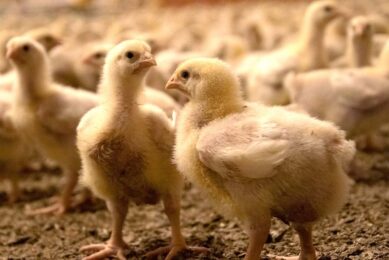Feed enzymes: Where do we go?

As we all know, there have been many publications on the effects of enzyme products in poultry. As my colleague, Dr. Ioannis Mavromichalis, wrote his latest blog on a review article related to Salmonella, I also found a review paper on feed enzymes which was published in the October 2011 issue of the Journal of Animal Science. I thought to share with you some of the information included in this paper.
It is estimated that the enzyme market helps the feed industry to save 3 to 5 billion dollars every year on a global basis. Phytases and carbohydrases (mainly xylanase and glucanase) are the most commonly used enzymes in the industry. It seems that combined application of enzymes (e.g., multiple carbohydrases) is becoming more common as these combinations can affect a broader range of anti-nutritional factors present in feed ingredients.
Enzyme product effects are usually reflected as better utilisation of nutrients, enhanced production performance, and reduction in excretion of nutrients into the environment. However, it must be noted that these effects can be inconsistent due to several factors such as diet composition, enzyme characteristics, and bird age.
In spite of all the information available on feed enzymes, it seems that possible effects of these products on health and gene functions in poultry are interesting areas that will need further research.
• What do you think of the future of enzyme products in the poultry industry?
Reference:
http://jas.fass.org/content/89/10/3189.abstract
Join 31,000+ subscribers
Subscribe to our newsletter to stay updated about all the need-to-know content in the poultry sector, three times a week. Beheer
Beheer








 WP Admin
WP Admin  Bewerk bericht
Bewerk bericht